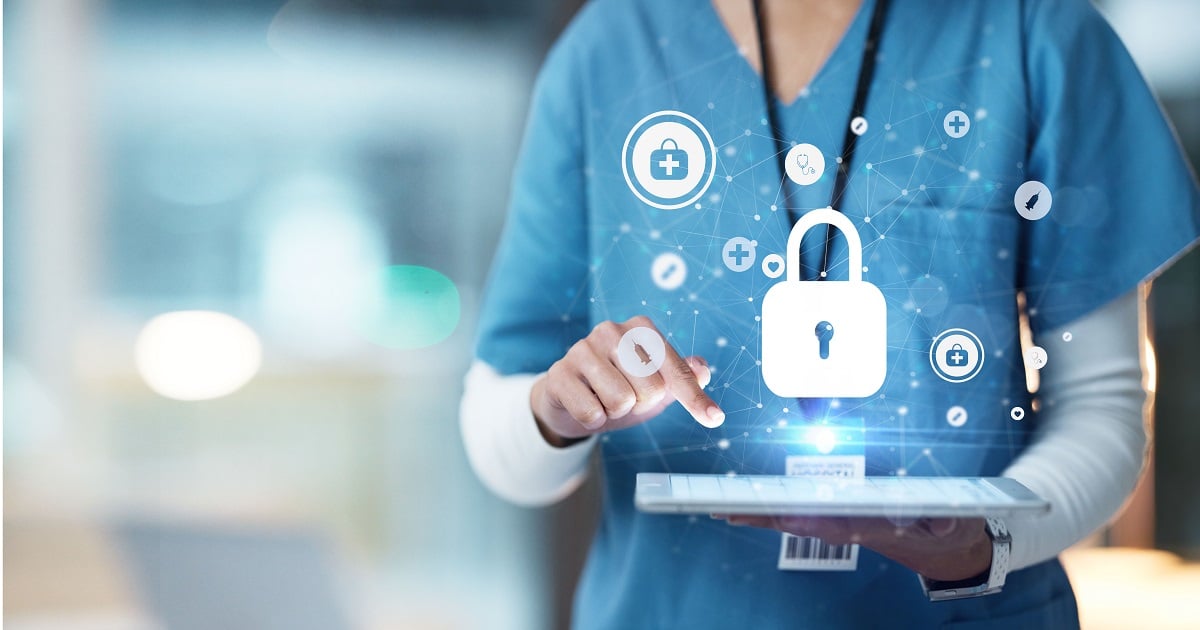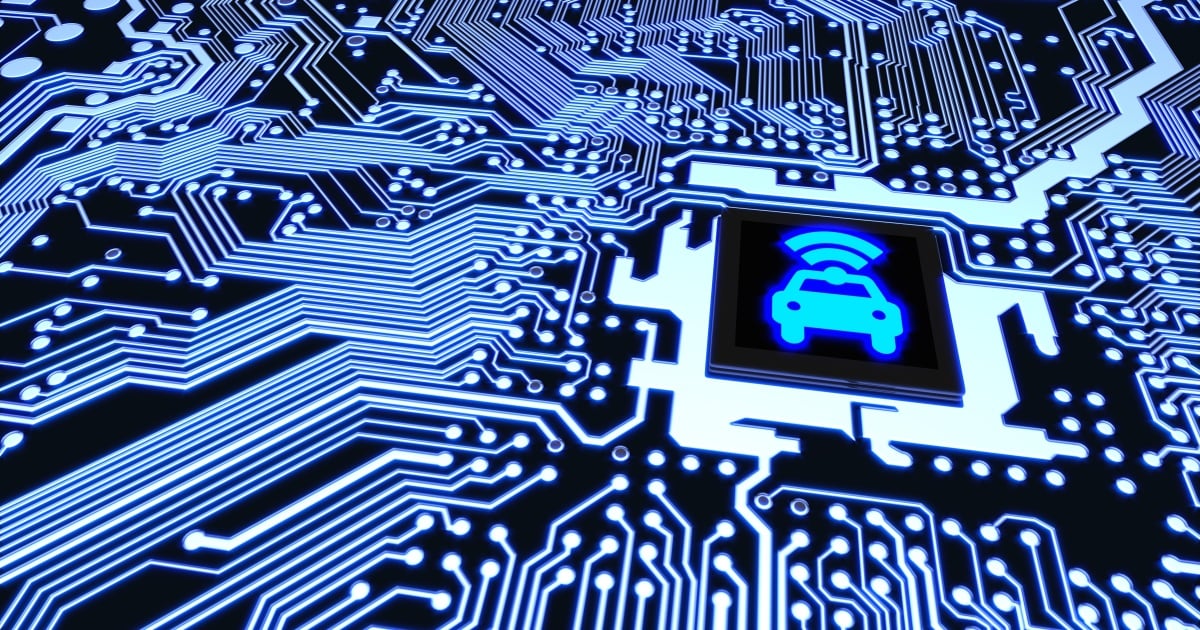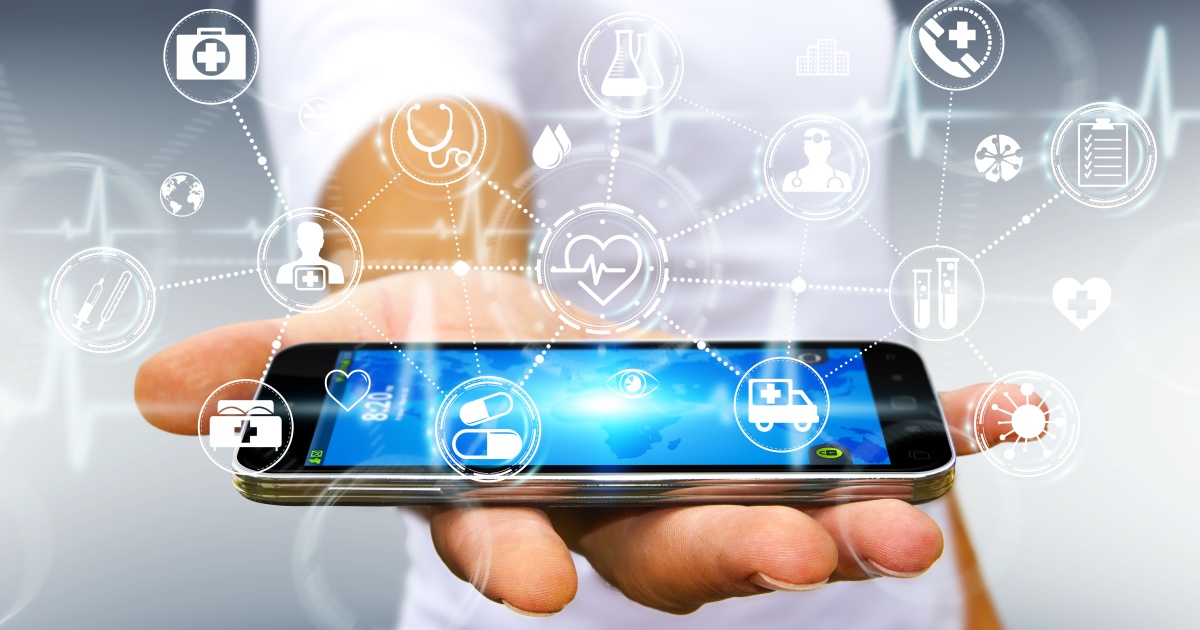
In today’s world, technology has made us more connected than we’ve ever been before, with our friends and co-workers being just the push of a button away. Practically every industry has brought in technology as a way of increasing efficiency and strengthening communication, and the healthcare industry is no exception. As healthcare turns towards technology, telehealth devices and services are becoming more common in the industry. Though these devices tend to result in less visits to the doctor, thanks to telehealth, patients and physicians are more connected than ever.
Telehealth, while quite new to the healthcare industry, has the potential to be a conduit for patients to conveniently access a wide continuum of healthcare services. Proponents of telehealth connected devices point to numerous benefits to patients and physicians, including time saved traveling to and from doctor’s appointments, less time spent away from work, and access to world-class physicians, regardless of location.
Telehealth has already been brought to the market with a variety of different bluetooth connected devices. Healthcare devices such as thermometers, heart rate monitors, glucose monitors, and other devices, all electronically track your health and wellness for you. The results are then sent to a hub device via bluetooth, which can also be connected to your physician. These telehealth devices inform patients and physicians of results in real-time, allowing for doctors to be up to date with a patient's health and wellness, so they can know when something’s not right.
We caught up with Dr. Tina Miranda, Chief Medical Officer and Co-Founder of TeleMedCo, a company that offers a variety of telehealth connected devices, and asked what she thought about telehealth bluetooth devices' ability to keep us connected. “While most of the recent growth in telehealth has been around virtual visits, its potential lies in connecting longitudinal data across the entire consumer journey, from wearables and remote monitoring devices and self-care apps to the EHR as the record of care. When a provider does need to see their patient, virtually or in-person, they now have access to a wealth of information, from biometric data to blood pressure readings and diet regime, giving them a much richer picture of what happened since the last visit to inform and personalize ongoing care.”
Keeping patients and physicians connected aren’t the only benefits telehealth bluetooth devices have to offer as well. The bluetooth technology has also allowed healthcare professionals to stay connected with each other, making healthcare coordination much more efficient.
Collaboration among physicians of different specialities has become easier thanks to the adoption of telehealth devices into the healthcare industry. Telehealth devices allow providers in rural regional hospitals to do virtual consults with specialists such as neurologists, dermatologists, or other specialist physicians, available only at the main medical center without having to transfer critically injured patients. This is of course advantageous for patients, who now get opinions from professionals they may not have had access to before, but also greatly relieves stress from physicians, as they have greater connection to a broader team of experts.
“Healthcare is increasingly team-based, especially with the shift toward value-based care,” said Dr.Miranda. “Care coordination, enabled by seamless data sharing, is therefore as important to the provider experience as it is to care quality and outcomes. Virtual care platforms tend to be purpose-built for team-based care, reducing the burden on the provider by making it easier to distribute and coordinate care among nurses, care managers, and other clinical staff.”
Most of the recent growth in telehealth has been specifically in virtual visits, due to the COVID pandemic, but the healthcare industry will continue to move towards telehealth devices, especially as new devices are brought to the market everyday. While some may return to traditional, in-person visits after the pandemic has subsided, the benefits in efficiency and connectivity that telehealth devices have already provided for patients and physicians is too great to ignore.
“The benefits to consumers are already evident,” said Dr. Miranda. “Greater access and convenience, and more control and empowerment through self-care. Telehealth devices can benefit patients and physicians equally and see their quality and experience of care elevated as a result.”
Edited by
Maurice Nagle





